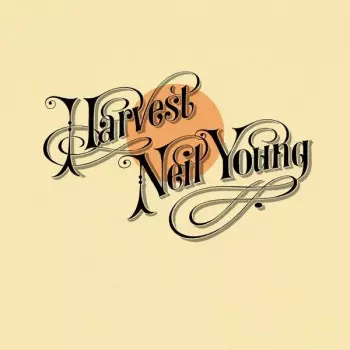LP Miles Davis: On The Corner
180g 180gm Gatefold Vinyl
Columbia | Music On Vinyl
31. July 2015
Europe
In May 1972, Miles met again with Paul Buckmaster, an English classical cellist who was interested in pop music and experimental rock and introduced him to the music of Karlheinz Stockhausen. On June 1, in the midst of extraordinary confusion, Miles brought a number of musicians into the studio using a variety of instruments: a guitarist, a bass...
Condition
New
Availability
Price
25,99 €
34,99 €
Availability
Details
| Title | On The Corner |
| Artist | Miles Davis |
| More info | 180g 180gm Gatefold Vinyl |
| Format | LP (vinyl) |
| Labels | Columbia | Music On Vinyl |
| Country of issue | Europe |
| Date of publication | 31. July 2015 |
| First released | 1972 |
| Weight | 230 g |
| EAN | 8718469530632 |
| Product ID | 26249 |
| Discogs ID | 3708952 |
| Discogs reviews |
4.55
|
In May 1972, Miles met again with Paul Buckmaster, an English classical cellist who was interested in pop music and experimental rock and introduced him to the music of Karlheinz Stockhausen. On June 1, in the midst of extraordinary confusion, Miles brought a number of musicians into the studio using a variety of instruments: a guitarist, a bassist, several drummers and percussionists, as well as three keyboards and a sitar and tablas from the "Indian Room." The structures devised by Paul Buckmaster were quickly forgotten, and when David Liebman came into the studio straight from the doctor's waiting room, he was placed in front of a microphone without headphones, although the sounds of bass, keys and electric guitar could be heard in the recording booth. His only clues were the key of E flat and the chaos created by the strangely punctuated polyrhythm of the drums. The album On The Corner was supplemented by other sessions that Teo Macero completed, and was to become an iconic album of the ambient and electro-jazz avant-garde.June 1, 1972 (a) Miles Davis (tpt); Dave Liebman (ss); John McLaughlin (el-g); Chick Corea (el-p); Herbie Hancock (el-p); Harold I. Williams (org, synth); Collin Walcott (el-sitar); Michael Henderson (el-b); Jack DeJohnette (d); Billy Hart (d); Al Foster (d); Badal Roy (tabla) June 6, 1972 (b)/June 7, 1972 (b). July 1972 (c) Miles Davis (tpt); Carlos Garnett (ss in track 2, ts in track 4); Bennie Maupin (bcl in track 2); David Creamer (el-g in tracks 2, 3, 4); Herbie Hancock (el-p, synth); Chick Corea (el-p); Harold I. Williams (org, synth); Collin Walcott (el-sitar in tracks 3, 4); Khalil Balakrishna (el-sitar in track 2); Michael Henderson (el-b); Jack DeJohnette (d); Billy Hart (d); Al Foster (d); Badal Roy (tabla, handclaps) Translated by www.DeepL.com/Translator (free version) Product Information Miles Davis' 1972 album "On The Corner", which was critically scorned at the time of its release, is now considered a forerunner of post-punk, hip hop, drum and bass and electronic music thanks to its revolutionary recording techniques. Miles wanted to reconnect with a younger audience that had abandoned him for rock and funk, and the experimental album On The Corner was his answer. The covers leaned more on drums and bass and consisted of free improvisations in the studio. On The Corner isn't one of Miles' easiest records to listen to, but it may bear the most fruit. It's out now with a completely remastered sound. Review: , "A masterpiece of free funk, groovy, electronica-laden and only marginally associated with jazz." (musikexpress, August 2012)
Album spans genres Jazz, Fusion and Jazz-Funk. 180g 180gm Gatefold Vinyl.
We have everything!
Over
182 000
LP a
302 000
CD
on offer
Loyalty discount up to 5%
For registered customers
Have control!
The most advanced tracking
of availability and orders
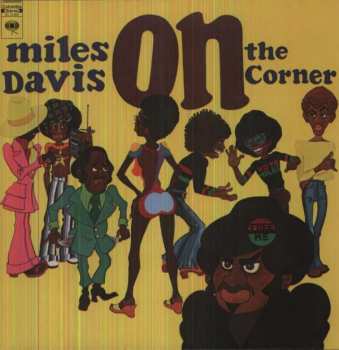
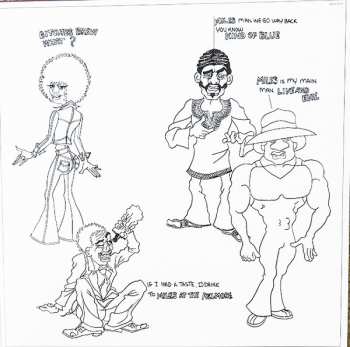

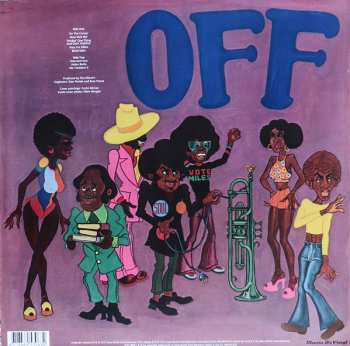
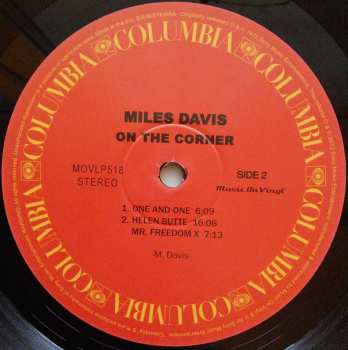
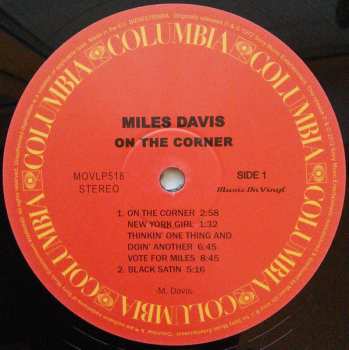






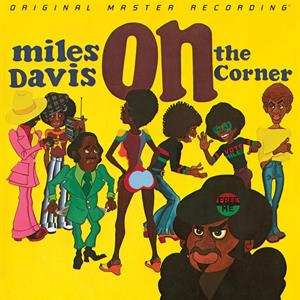
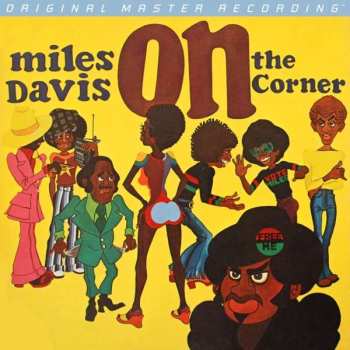
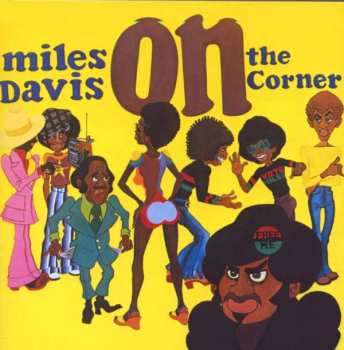
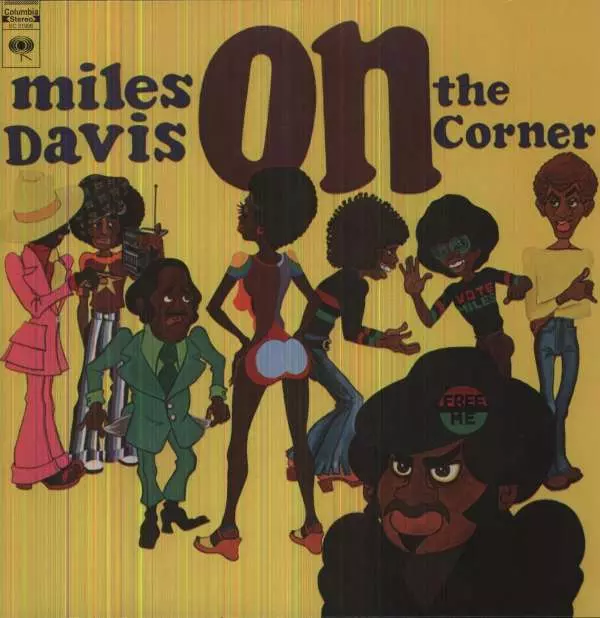
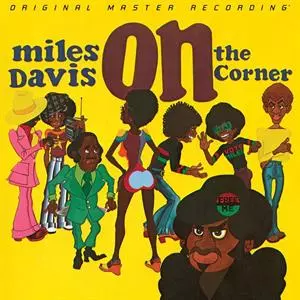
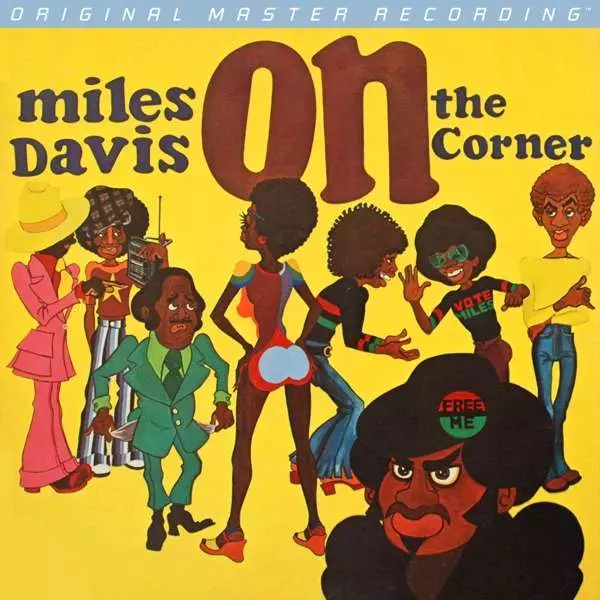
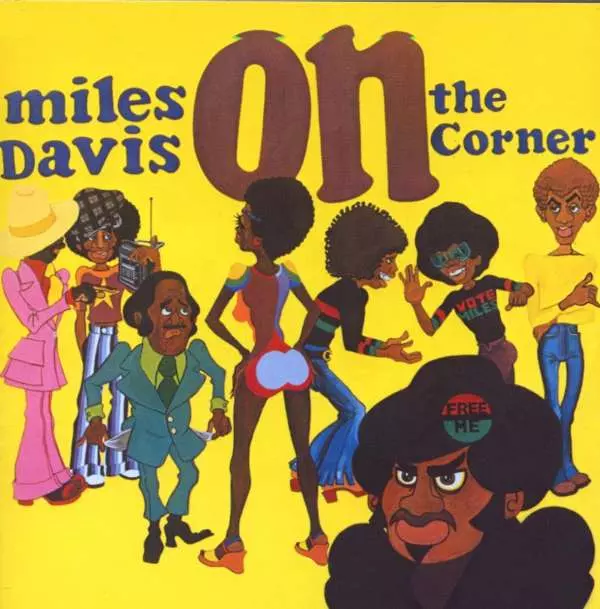


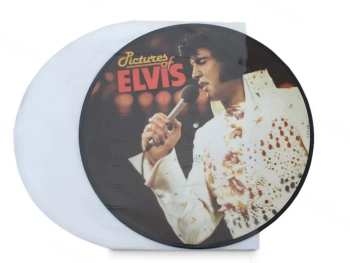
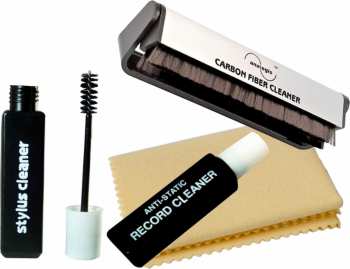


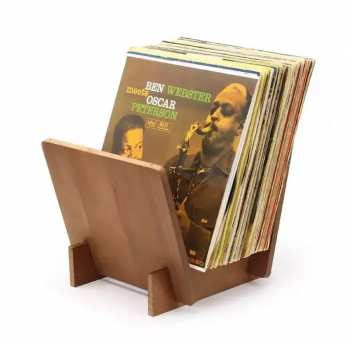
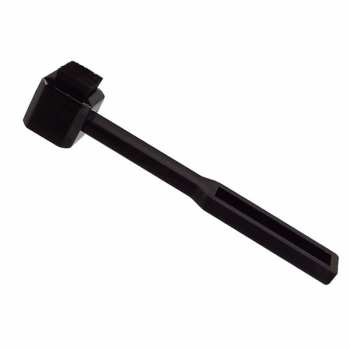
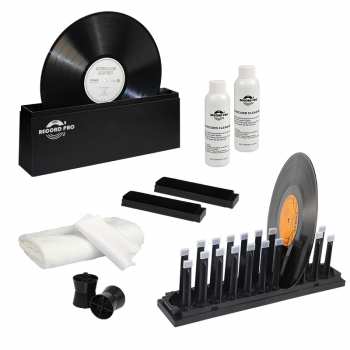

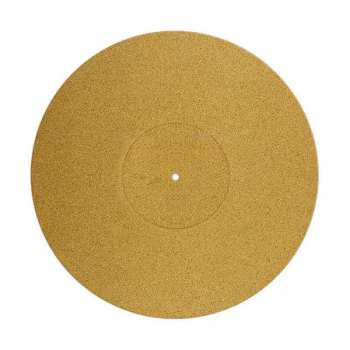
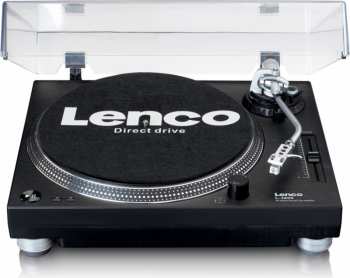
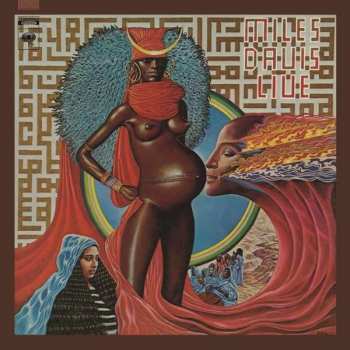
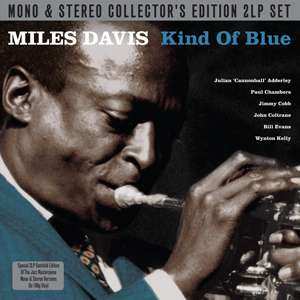

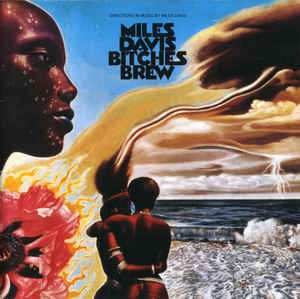

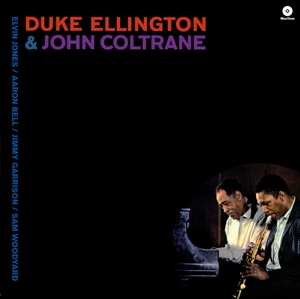


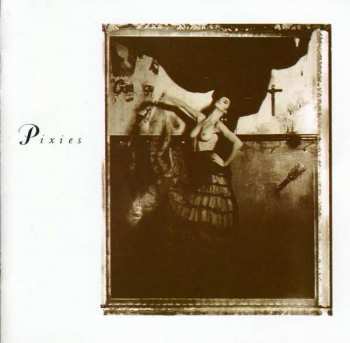

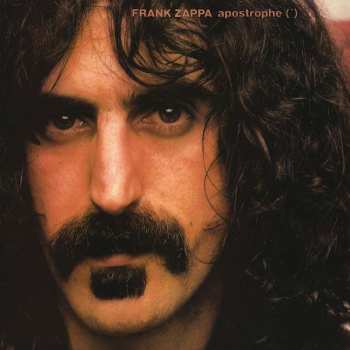
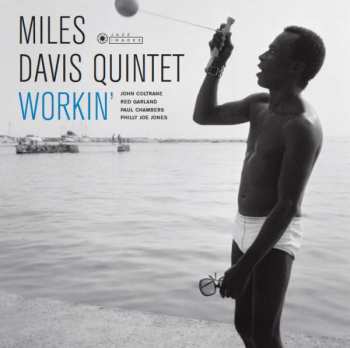
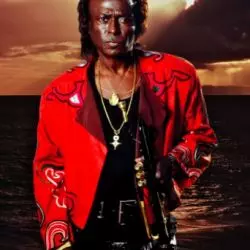
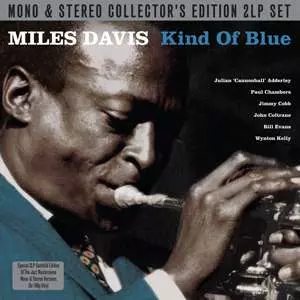

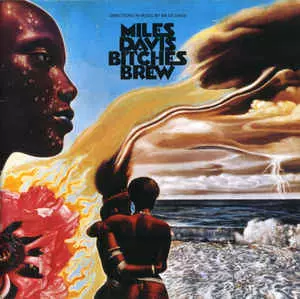

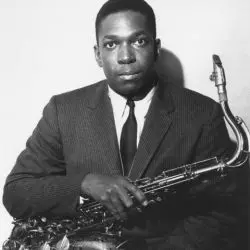 John Coltrane
John Coltrane



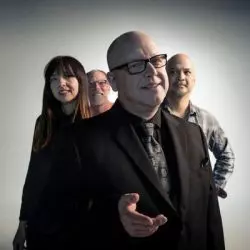 Pixies
Pixies

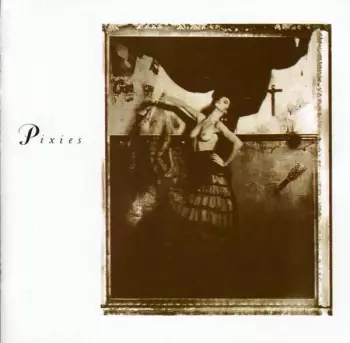
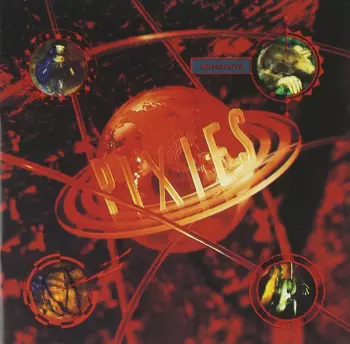
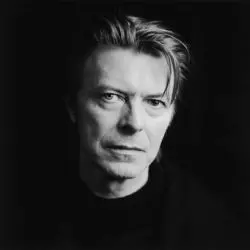 David Bowie
David Bowie
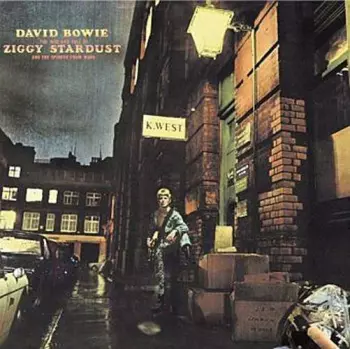

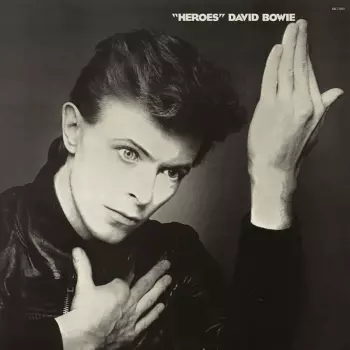
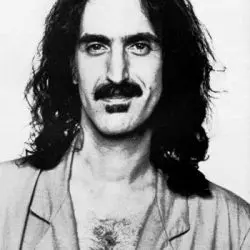 Frank Zappa
Frank Zappa
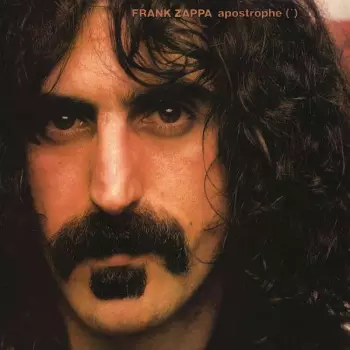
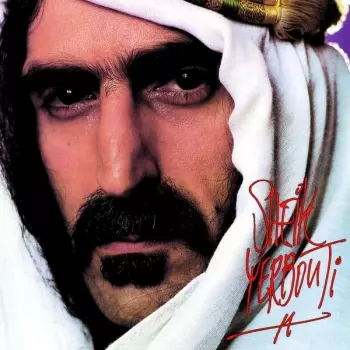
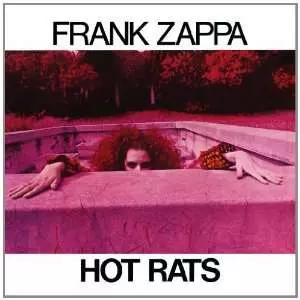
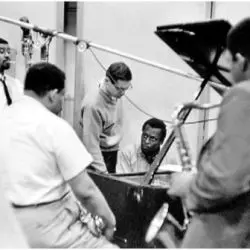 The Miles Davis Quintet
The Miles Davis Quintet
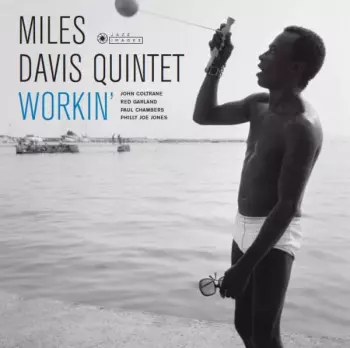
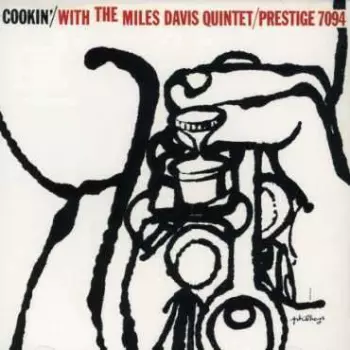

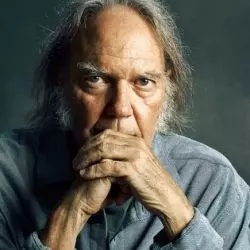 Neil Young
Neil Young

